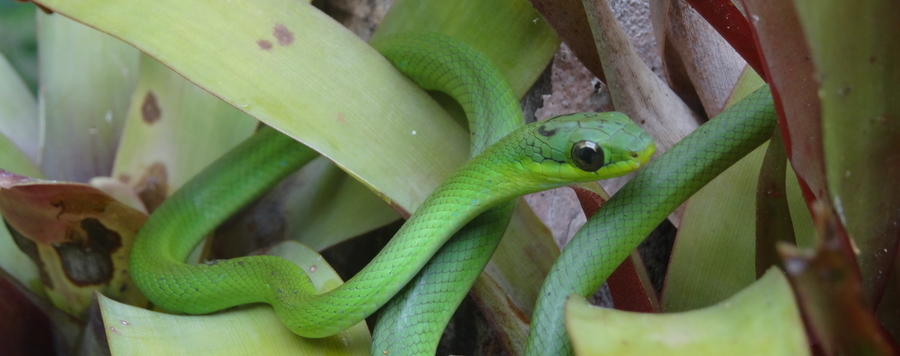
Snakes of the Pernambuco Endemism Center, Brazil: diversity, natural history and conservation
The Atlantic Forest is one of the largest and richest tropical rainforests on the planet, being one of the 25 world priorities for conservation. The Atlantic Forest portion located north of the São Francisco River corresponds to the Pernambuco Endemism Center (PEC). We describe the snake composition of the PEC, providing information about the diversity, natural history and geographical distribution of the species, based on records from five scientific collections and additional information from the literature. A total of 78 species of snakes distributed in eight families was registered in the Pernambuco Endemism Center. The Caatinga is the Brazilian biome that most shares species with the PEC, followed by Cerrado. On the other hand, seven species are considered endemic of this region. Most of the snake species in the PEC have been registered in forest (94.8%), followed by “Brejos Nordestinos” (46.1%), Tabuleiros (43.5%), Restingas (14.1%) and Mangroves (5.1%). The PEC snake fauna includes mainly terrestrial species (60.2%) and cryptozoic and/or fossorial species (21.7%), but also presents a high richness of semi-arboreal and arboreal species (29.5%). Vertebrates are the main food item consumed by the species (78% of species), among the main prey are mammals, lizards, and amphibians. Most species show a strictly nocturnal activity period (50%), followed by strictly diurnal (38%). The PEC is the most degraded and least known region of the Atlantic Forest, yet it has revealed a high richness of snake species, including seven endemic species. It is emphasized that regional conservation efforts need to be intensified, because few forests in the region are formally protected, and the majority consist of small and poorly protected fragments, which means that many species in the region may be in risk of extinction.






